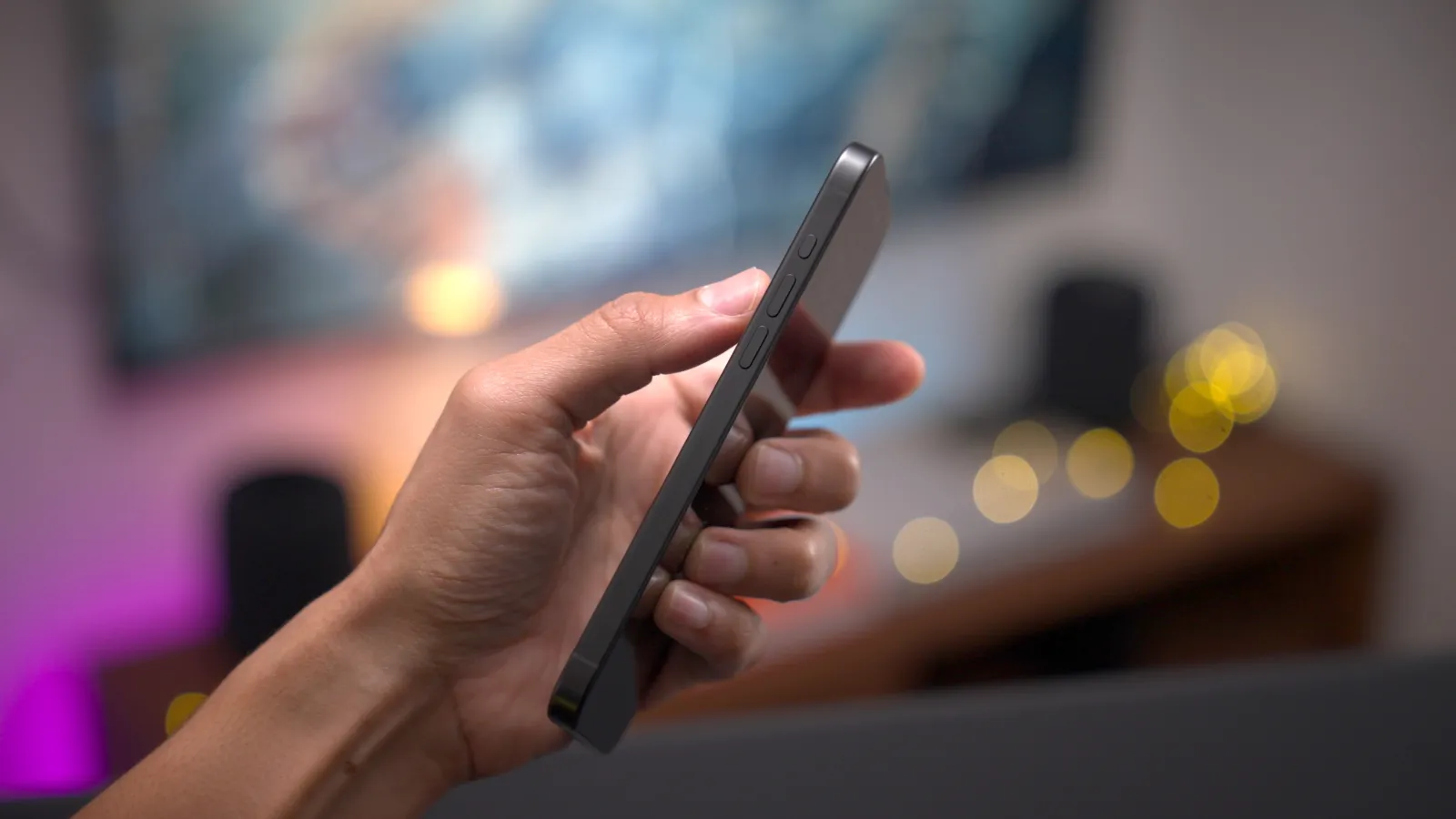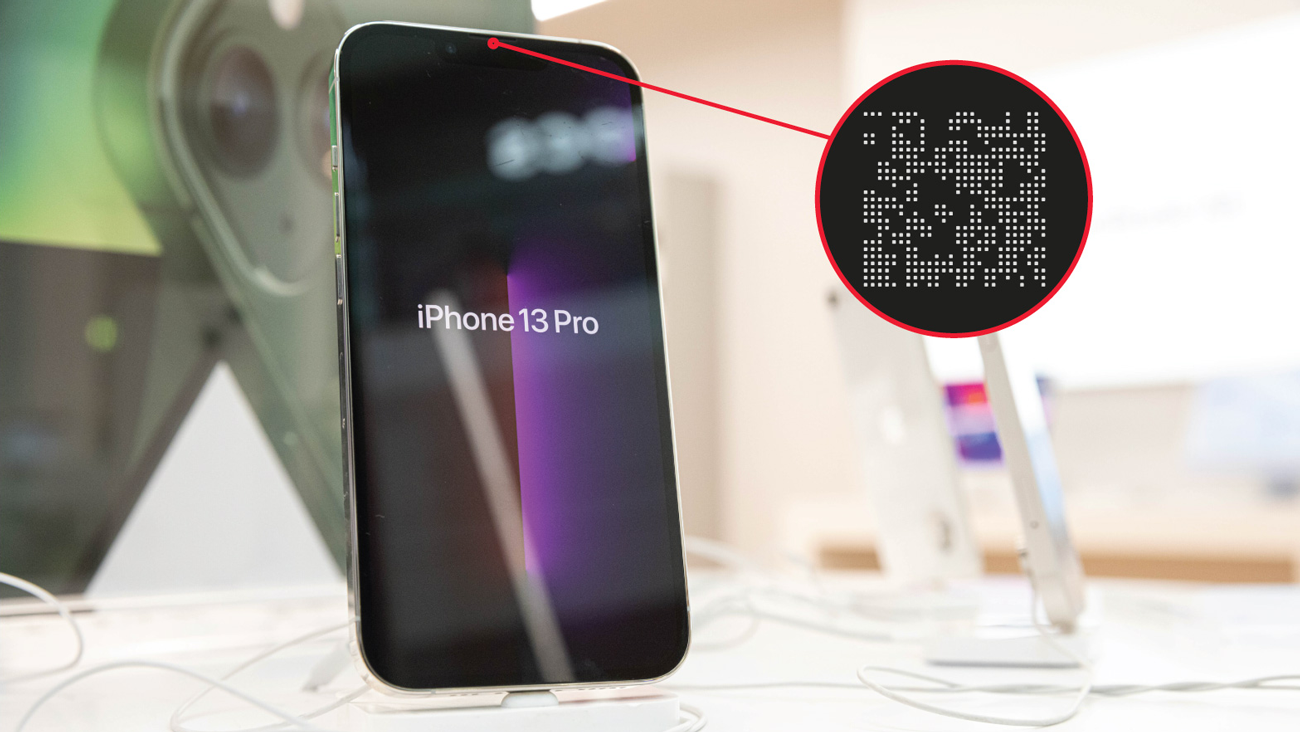

You’ve probably never seen the QR code printed on your iPhone screen because it’s so microscopic that most people have no idea there’s a QR code there. A new report from The Information details how Apple has been putting microscopic codes on the iPhone since 2020 to help the company control its production costs and “save hundreds of millions of dollars.”
Your iPhone has a QR code hidden under the screen
There are a lot of QR codes printed on the iPhone’s internal components, and you can easily see them if you open your iPhone (which we don’t recommend, of course). These codes help Apple find out more details about the origin of these components – but surprisingly, even the iPhone screen has a hidden barcode.
According to the report, the bar codes are engraved on the iPhone’s glass at different stages of manufacturing. The Information mentions that the company developed this system in 2020, and it helps Apple to “track and reduce defects” in its production line. These codes are described as being “the size of a grain of sand” and, unsurprisingly, can only be seen with special equipment.
But how exactly do barcodes help Apple? In short, the codes let the company precisely track how many glass cover units its Chinese suppliers, Lens Technology and Biel Crystal, are making and how many defective units they’re throwing away during the manufacturing process.
“Lens and Biel have previously stymied Apple’s efforts to learn the true rate of defects, which can raise its production costs. Apple has paid millions of dollars to install laser and scanning equipment at Lens and Biel factories to both add the microscopic QR code and scan the cover glass at the end of the production process,” the report says.

Implementing the code was difficult
On some iPhone models, such as the iPhone 12, the QR code is located just above the front speaker. More recent iPhone models have this code laser-engraved on the black frame at the bottom edge of the screen.
The report explains that developing this type of barcode was quite difficult for Apple. The first units had the code laser-etched into the glass, but this ended up weakening the screen. In drop tests, the cracks in the glass almost always came from where the QR code was placed. The engineers had to create new techniques using microscopic lenses with ring lights.
The result turned out to be positive. Since these codes were introduced, Apple’s suppliers have reduced the number of discarded glass cover units to 1 in 10 pieces. Previously, 3 out of every 10 pieces were discarded. As a result, Apple saves hundreds of millions of dollars a year.
More details on the implementation of these hidden QR codes in Apple products can be found in the full article, which is well worth reading.
FTC: We use income earning auto affiliate links. More.







